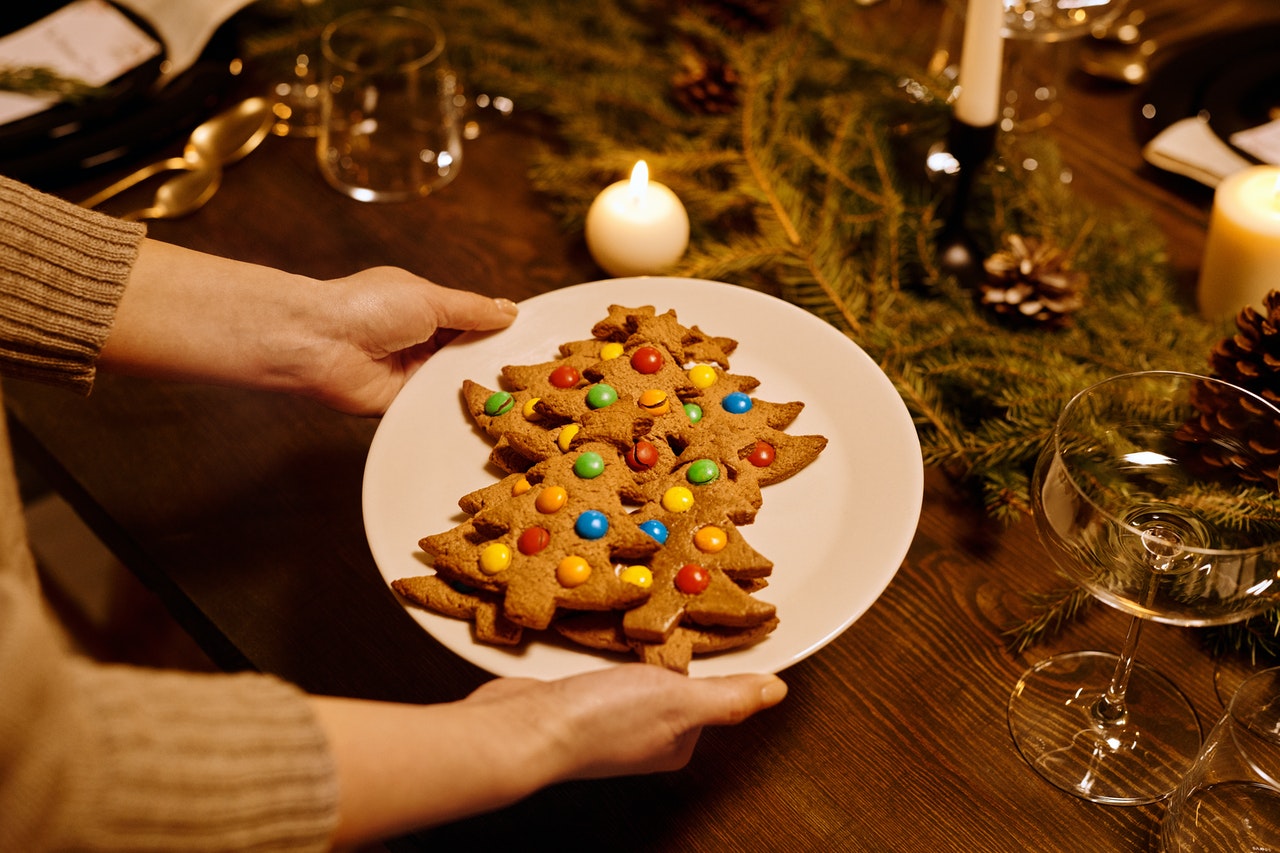With the holiday season right around the corner, many are beginning to contemplate the annual tradition of selecting and decorating the perfect Christmas tree. However, with the rise in popularity of artificial trees, consumers now have the option to choose between realistic and traditional designs. But which one should you choose? In this article, we will dive deeper into the benefits and downfalls of each type of artificial tree so you can make the best decision for your holiday décor.
Traditional Artificial Christmas Trees: Features and Advantages
Let’s start with the traditional artificial tree. These trees are typically made from PVC or polyester and are designed to resemble the classic Christmas tree shape. They come in a wide variety of colors and styles, from unlit to pre-lit with both clear and colored lights. These trees are a great option for those who want the look and feel of a traditional tree without the mess and hassle of a real one.
One benefit of traditional artificial trees is their affordability. They come in a range of price points, making it easy to find one that fits your budget. They are also easy to set up and require minimal maintenance. Simply unbox, assemble, and decorate! Another plus is that they are reusable year after year, making them a more environmentally-friendly option than a real tree.
However, there are some downsides to traditional artificial trees. While they may be more cost-effective in the long run, they lack the authenticity and natural scent of a real tree. Additionally, some traditional artificial trees may look visibly fake up close, with the needles appearing more plastic and less lifelike. This can be a downside for those who are looking for a tree that mimics the look and feel of a real one.
Realistic Artificial Christmas Trees: Features and Advantages
Now, let’s talk about realistic artificial trees. These trees are crafted with a focus on detail and realistic design, often using molds to replicate the branches and needles of a real tree. They come in a range of sizes, from tabletop options to towering 10-foot trees. Many are also pre-lit with LED lights that add a warm and cozy touch to any home.
The main benefit of a realistic artificial tree is, of course, their lifelike appearance. They can closely resemble a real tree, down to the texture and color of the needles. This can be appealing for those who want a more authentic holiday experience. Additionally, some realistic trees come with a built-in scent system that releases the scent of pine or cedar, adding an extra layer of realism to your tree.
However, there are some downsides to realistic artificial trees. They tend to be more expensive than traditional artificial trees due to their increased attention to detail and design. Additionally, they can be more difficult to set up and fluff, as each individual branch needs to be arranged to create a natural shape. They also require more maintenance in the long run, as the needles can shed or become flattened over time.
How to Choose the Right Artificial Christmas Tree for your Home
So, which type of artificial tree should you choose? It ultimately comes down to personal preference and your individual needs. If you are looking for an affordable and low-maintenance option, a traditional artificial tree may be the way to go. However, if authenticity and attention to detail are a priority for you, investing in a realistic artificial tree may be worth the extra cost.
In conclusion, whether you choose a traditional or realistic artificial tree, both options can provide a festive and hassle-free holiday experience. With a wide variety of sizes, styles, and price points available, it’s easy to find the perfect tree for your home. Happy decorating!

